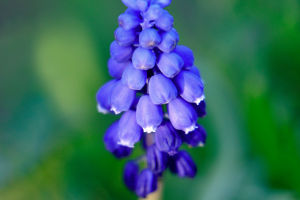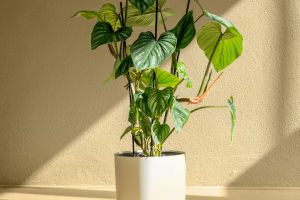Lykkers, have you ever marveled at the stunning beauty of the hibiscus flower?
With its bold colors and unique shapes, this tropical bloom adds a touch of paradise to any garden. Would you prefer to grow hibiscus in your backyard or enjoy its beauty in a local park?
Botanical Characteristics
The hibiscus flower, belonging to the Malvaceae family, is celebrated for its striking appearance and versatility. With over 200 species worldwide, hibiscus can thrive in various climates, making it a favorite among gardeners and flower enthusiasts. Its large, trumpet-shaped blooms come in a variety of colors, including red, pink, yellow, and white, each symbolizing different meanings in various cultures.
The History and Use
The hibiscus flower is not just a pretty face; it's steeped in history and cultural significance. In Hawaiian culture, hibiscus is known as "pua aloalo" and is often worn as a hair ornament, symbolizing beauty and hospitality. In ancient Egypt, hibiscus was used in herbal remedies and was even consumed as a refreshing drink.
Additionally, hibiscus flowers are packed with antioxidants, which promote health and wellness. They are commonly used in herbal teas, known for their tart flavor and potential health benefits, such as lowering blood pressure and improving digestion. The flower's vibrant color also makes it a popular choice for natural dyes in textiles and crafts.
How to Grow Hibiscus
Growing hibiscus can be a rewarding experience, bringing vibrant colors to your garden.
1. Start by choosing a suitable location; hibiscus thrives in full sun and well-drained soil.
2. Plant your hibiscus in spring after the last frost, ensuring that it has plenty of space to grow, as some varieties can reach up to 10 feet tall.
3. Regular watering is essential, especially during dry spells, but be careful not to overwater, as this can lead to root rot.
4. Fertilize your hibiscus every 4-6 weeks with a balanced fertilizer during the growing season to promote healthy blooms.
5. Pruning is also important; cut back the plant in late winter or early spring to encourage new growth and abundant flowers.
Where to Find Hibiscus
Hibiscus flowers can be found in gardens, parks, and botanical gardens around the world. You can also purchase hibiscus plants at local nurseries or garden centers, where a variety of species and hybrids are available. Many gardeners also enjoy growing hibiscus indoors, especially tropical varieties that can thrive in pots.
For those interested in seeing hibiscus in its natural habitat, consider visiting tropical destinations where hibiscus grows wild, such as Hawaii, Florida, or parts of the Caribbean. Botanical gardens often showcase a wide range of hibiscus species, allowing you to appreciate their diversity and beauty.
Best Time to Enjoy Hibiscus
Hibiscus flowers typically bloom during the warmer months, with peak blooming occurring in late spring and summer. This is the best time to enjoy their vibrant colors and delightful fragrance. However, with the right care, some species can bloom year-round, providing continuous beauty.
If you're looking to incorporate hibiscus into your lifestyle, consider using the flowers in culinary dishes, herbal teas, or even skincare products. Their bright color and unique flavor can elevate any dish, making them a delightful addition to your kitchen and beauty regimen.
The hibiscus flower is a stunning addition to any garden, offering both beauty and numerous benefits. Whether you're growing them in your backyard or admiring their vibrant blooms in nature, hibiscus is sure to bring joy and color to your life. Embrace the enchanting world of hibiscus and let its beauty inspire you!


